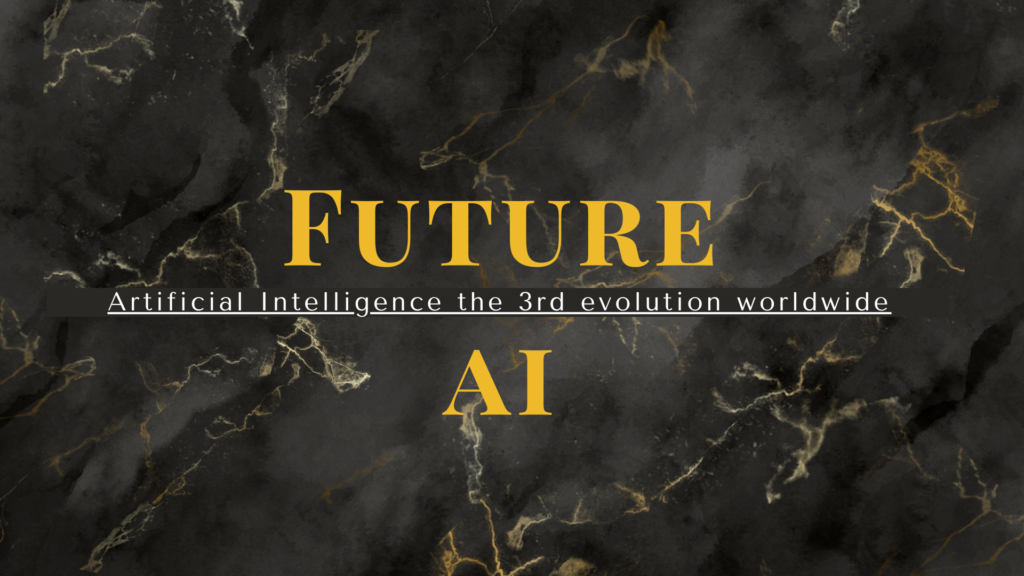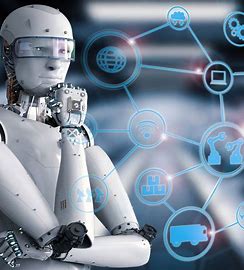
Artificial Intelligence (AI) has come a long way since its inception, and we are currently witnessing its third evolution on a global scale. With advancements in computing power, vast amounts of data, and breakthroughs in algorithms, AI is transforming various industries and revolutionizing the way we live and work. In this blog post, we will explore the third evolution of AI worldwide and delve into its impact across different sectors.
Evolution 1: Rule-Based Systems and Expert Systems
The first evolution of AI can be traced back to the 1950s and 1960s when researchers focused on developing rule-based systems and expert systems. These early AI systems relied on explicit programming and a set of predefined rules to mimic human decision-making processes. Although they were limited in their capabilities, these systems paved the way for further research and development.
Evolution 2: Machine Learning and Big Data
The second evolution of AI, which gained momentum in the 1990s and 2000s, was fueled by advancements in machine learning and the availability of big data. Machine learning algorithms enabled computers to learn from vast datasets without explicit programming. This breakthrough allowed AI systems to improve their performance over time through experience, leading to significant advancements in areas such as image recognition, natural language processing, and recommendation systems.
Evolution 3: Deep Learning and Neural Networks
The current, third evolution of AI is characterized by the widespread adoption of deep learning and neural networks. Deep learning models, inspired by the structure and function of the human brain, have shown remarkable success in tackling complex problems. Neural networks with multiple layers of interconnected nodes have significantly enhanced AI’s ability to recognize patterns, process unstructured data, and make accurate predictions.

Impact across Industries:
- Healthcare: AI is revolutionizing healthcare by assisting in medical diagnosis, drug discovery, and personalized treatment plans. Deep learning algorithms can analyze medical images and identify patterns that human eyes might miss, enabling earlier detection of diseases. AI-powered chatbots and virtual assistants are providing personalized healthcare advice to patients, improving access to information and reducing the burden on healthcare providers.
- Finance: In the financial sector, AI is optimizing fraud detection, risk assessment, and algorithmic trading. Machine learning algorithms can analyze vast amounts of financial data in real-time, identifying anomalies and potential fraud cases. AI-powered trading systems can make split-second decisions based on market trends, enhancing trading efficiency and profitability.
- Manufacturing: AI is transforming manufacturing processes through robotics, automation, and predictive maintenance. Intelligent robots can perform complex tasks with precision, improving production efficiency and reducing human errors. Predictive maintenance algorithms can analyze sensor data from machines to detect potential faults and schedule maintenance proactively, minimizing downtime and optimizing productivity.
- Transportation: AI is revolutionizing transportation with autonomous vehicles, traffic management systems, and route optimization algorithms. Self-driving cars powered by AI can enhance road safety and reduce traffic congestion. AI algorithms can analyze real-time traffic data to optimize routes, reducing travel time and fuel consumption.
Conclusion:
The third evolution of AI is bringing unprecedented advancements worldwide. With deep learning and neural networks at the forefront, AI is transforming industries such as healthcare, finance, manufacturing, and transportation. From improving medical diagnosis to revolutionizing manufacturing processes, AI is enhancing efficiency, productivity, and decision-making across various sectors. As we continue to embrace the potential of AI, it is crucial to ensure ethical considerations and responsible implementation to maximize the benefits and mitigate potential risks.






